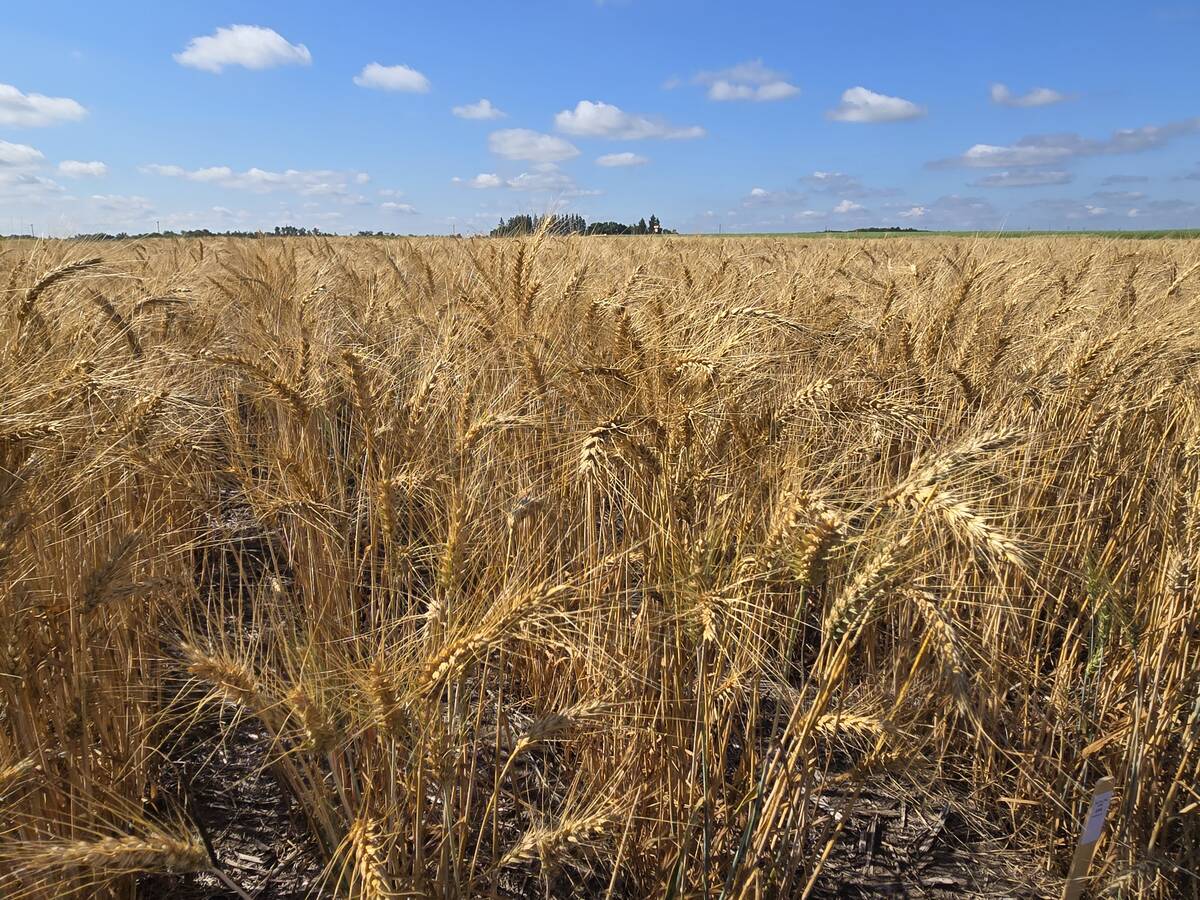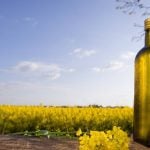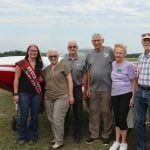Castle-Crown Wilderness Coalition | Alberta government’s logging decision questioned
The latest volley in an ongoing protest of logging in southwestern Alberta’s Castle River headwaters region was fired April 18 when a coalition announced plans to pursue a judicial review.
The provincial government’s decision to allow clear-cut logging over a three-year period in parts of the Castle crown forest near Beaver Mines, Alta., has been under protest for months by a group of local residents and environmental and wildlife protection groups.
Logging by Spray Lake Sawmills of Cochrane, Alta., began in early February after protesters blocking the road and equipment were arrested. Charges were later dropped.
Read Also

Fall rye hits record high in Manitoba
Winter cereals 2025: More Manitoba fields grew fall rye in 2025 than ever before, but winter wheat slipped and, while spring stand survival was good, drought took its toll
The Castle-Crown Wilderness Coalition now says it will initiate a review of the Alberta government’s decision to allow clear-cut logging.
From an agricultural perspective, logging in the Castle region could affect soil erosion, runoff and water quality for farm, ranch and municipal users downstream.
Sarah Elmeligi, a senior conservation planner with the Canadian Parks and Wilderness Society, said last week that logging in the region, which is part of the larger Oldman River watershed, is likely to affect downstream agricultural users.
“The headwaters in the Oldman are responsible for feeding two million people downstream, and that includes a lot of agricultural producers, obviously, and cows and farms,” she said during an information session organized by the Southern Alberta Council on Public Affairs.
“Protecting the headwaters is essential to maintaining agricultural productivity across the grasslands and into Saskatchewan.”
Wildland disturbance consultant Marie-Pierre Rogeau, who has been contracted by Spray Lake Sawmills and the Alberta government to do a fire history study in the Castle region, said logging can be a useful tool in establishing breaks to limit potential damage from forest fires.
The Castle area under examination was last burned in 1936.
Spray Lake is logging some of this forest, an estimated 3,700 loads of lumber, and although Rogeau said firebreaks are not the main purpose of the logging, cut blocks may serve a future fire retardant purpose.
“My vision of the cut blocks, they are in a good place for a fuel break,” she said.
“The fact that they went and put the cut blocks over the youngest forest is actually a very good step in the right direction.”
The natural fire cycle, caused by lightning strikes and other natural occurrences, used to be 40 years, Rogeau said. However, there have been no major fires in the region in almost 80 years because of provincial fire suppression policies.
Professional biologist Lorne Fitch said access roads built by logging companies are among the most damaging effects. Vehicles and off-highway vehicle recreation gain access through the road systems and then damage habitat and contribute to erosion into streams and rivers.
Additional sediment has resulted in drastic decreases in native fish populations, a decrease he said is likely to continue.
Downstream sediment also reduces water quality for agricultural and municipal users.
“Sediment can persist within streams for decades, maybe even centuries after logging,” said Fitch.
He recommended a shift to sustainable forest management, where research and modelling will inform the province and the public about potential effects of logging before projects are undertaken.
“We need to take wealth from the forests in less damaging ways,” he said.
Elmeligi said the Castle crown area was designated a “special place” by the province in 1998, and an integrated management plan indicated wildlife protection would have priority over industrial and commercial ventures.
Other policies indicate multiple use and timber management are priorities for the government.
A Castle Special Place Working Group recommended the area be given a wildland-provincial park designation, which remains the priority for CPAWS and other groups, Elmeligi said.
A wildland designation would allow grazing leases to continue, as well as all-terrain vehicle use on designated trails.
However, it would also allow management of the region “to prioritize ecological limits,” she said.
As it stands, government sanctioned clear-cut logging indicates a breakdown between policy and good forest management.
“We have our work cut out for us. It’s not easy being green, or anything that’s not blue,” said Elmeligi in reference to the Progressive Conservative party’s trademark blue colour.















